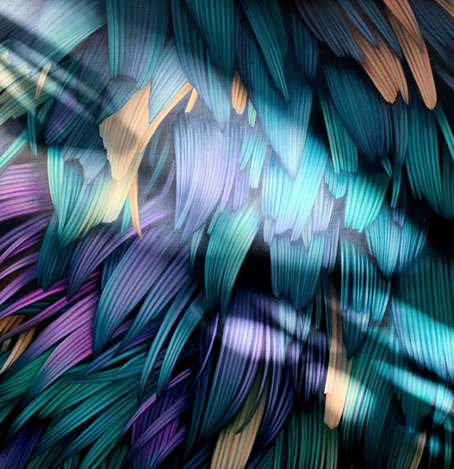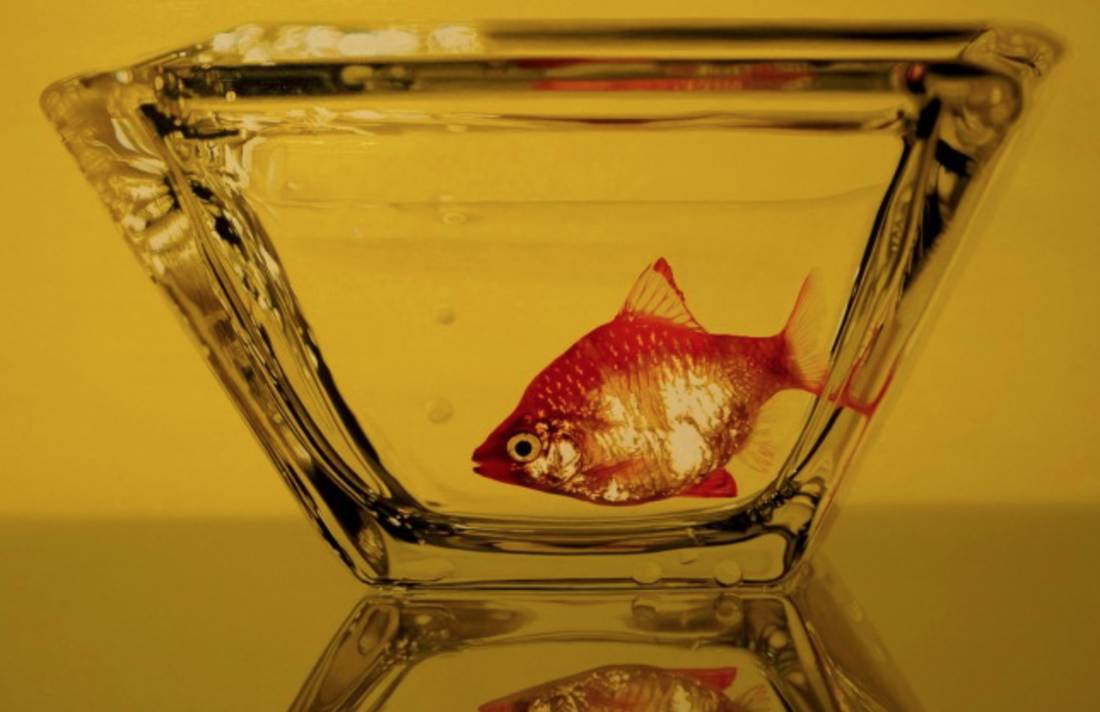Hyperrealism Hyperrealism is an art genre that expresses everyday subjects such as places, objects, animals and people realistically like a photograph. It is also called hyperrealism or photorealism. The beauty of hyper-realism, which sparks a debate between photography and painting, is that it penetrates the fiction by creating an image that is more realistic than reality. It helps us discover the beauty of things we have always seen in our daily lives by maximizing the colors, materials, and characteristics of objects. One of them is a painting by Belgian artist, Adele Renault, who captured the beauty of a pigeon among the pictures I found on the Internet by a chance some time ago. The artist, who began observing and painting pigeons after hearing the story of Camp, a pigeon raised by a friend, was inspired to paint a very distinctive and bright portrait at first. I found some great work on her Instagram, especially about pigeons. Looking at her works makes me wonder if the pigeons that are commonly seen on the street were such beautiful birds. An artist who captures the beauty of common and perhaps overlooked animals or objects around them and helps them to find their value. Japanese artist Haruki Kudo follows the process of rough sketching in pencil, partially filling in color, and then detailing the fur texture, eye reflections, and beard on top. For this painter, it seems to capture the character of a lovely, clever cat very well. In the case of Korean artist Kim Young-seong, he draws close-ups of small creatures such as frogs and fish in detail. It seems impossible to look at his work and compare his work with real photos. With the invention of photography in 1827, there was a time when it was thought that it was no longer meaningful to reproduce visible objects and landscapes on canvas through painting. However, hyperrealism in the 1960s became a factor that developed the art world along with Pop Art and Abstract Expressionism. Hyperrealism is a realistic and precise depiction of an object without emotions, and in the depiction, we can face various things that we could have overlooked. Although the objects, artistic points, and philosophies of the above three artists are different, they all have something in common. It is the artist's message to discover the value of small things without neglecting the small things around them.
0 Comments
Leave a Reply. |
Myungja Anna KohArtist Categories
All
Archives
July 2024
|
Proudly powered by Weebly











 RSS Feed
RSS Feed